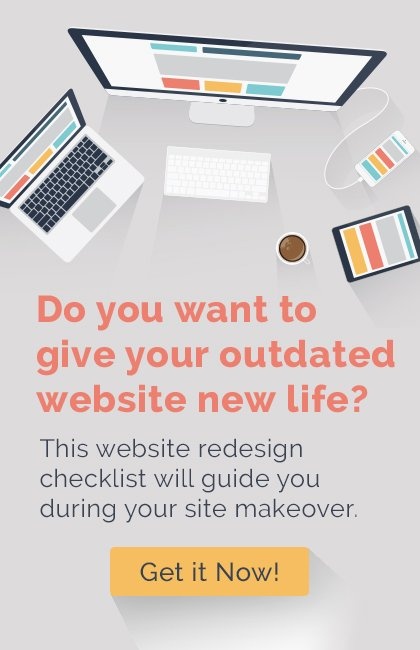
How Using Data Can Inspire Great Marketing Campaigns
One of the biggest benefits of online marketing is that it allows you to collect valuable data about your customers as well as your target audience in general. It also gives you a chance to pinpoint what is and isn’t working as far as your marketing efforts are concerned. However, collecting all this data is useless if you don’t leverage it to your benefit. In fact, the information you have can help to inspire creative ideas to help craft great marketing campaigns.
How Data Can Spark Creativity
Data doesn’t just help you figure out what’s working and what isn’t, it can help drive creative decisions that allow you to create great marketing campaigns. A good example of this is Netflix. Everyone knows that Netflix has an absolute treasure trove of behavioural data from their subscribers. They leverage this data to inform the content that they produce.
For example, many critics were bewildered when they gave Adam Sandler a huge four-movie deal. Saying that his movies are panned across the board is putting it mildly, after all. However, according to their data, his older films were streamed an absurd amount. They knew that even if critics didn’t like his films, their subscribers certainly did — and that’s why they signed him to produce Netflix-exclusive films.
Netflix will often look at subscriber viewing habits and look at where they overlap to find a niche that they can fill with their original content. For example, the popularity of older series on Netflix has often resulted in revivals, such as Fuller House and Arrested Development.
Another good example is Equifax. Using their data, they realized that the average person’s credit score depended heavily on how old they were. They used this data to create a great marketing campaign that provided tailored benefits information to people at different stages of their lives.
How To Use Your Data To Inform Your Creative Marketing Campaigns
How you use your data to influence your creativity and create great marketing campaigns depends heavily on the specifics of your business. However, the following are a few basic ways data can help you connect to your audience on a more emotional level when creating new marketing campaigns:
-
Learn what your audience connects with
Look at how your audience engaged with previous campaigns. By looking at what worked and what didn’t work, you can figure out exactly how your audience was able to engage with you on an emotional level. For example, maybe certain types of content posted on social media were commented on and shared much more than other types of content. This will give you a better idea of what your audience is looking for, which can give you better direction on how to reach your audience on a more personal level during future campaigns.
-
Learn what your audience’s needs are
You can figure out what your audience wants by analyzing certain sets of data. For example, you can compare two PPC ads promoting the same product in two different ways. You can then use the conversion rates of both ads. The ad that converts more leads is probably presenting a solution that fulfils a need that your audience has more effectively than the other. This information can be used to reach your audience more successfully with future ads.
-
Continually improve your campaign
Once you launch a new campaign, don’t just stay the course if it’s obvious something isn’t working. You should continually track the results of your campaign based on your specific goals. The data you gather can help you figure out whether your creative decisions are having an impact on your audience or not. If they aren’t, you can make adjustments even as your campaign is ongoing.
When building new marketing campaigns, make sure that you make use of the data that you have. Your data can be the difference between creating great marketing campaigns and failed marketing campaigns.






















 2. Increase revenue
2. Increase revenue






